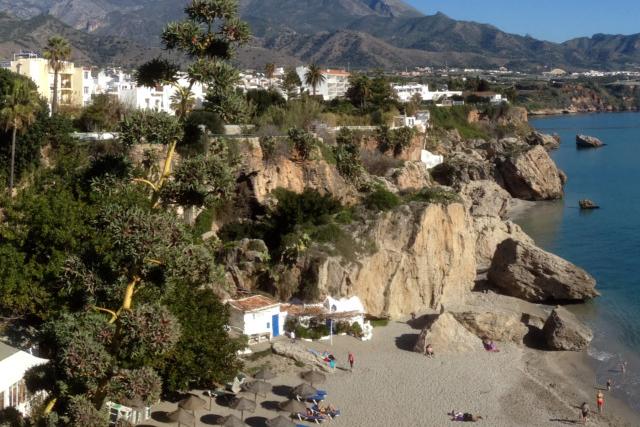Nerja is the township located more to the East in the province of Malaga. It has a large history which can be proved by the paintings found in the Caves of Nerja discovered in 1959. These paintings would make them the earliest human paintings ever found.
From the 60s, it is a tourist destination in demand in the Costa del Sol and it has around 22,000 inhabitants, with 25 per cent of foreign residents.
Nerja offers a mild climate during the whole year and that is the reason of their popular subtropical fruits such as custard apples, avocados or mangos can be grown.
During 1979 and 1980, in this city was filmed one of the most famous television series all around Spain called Verano azul and it has been the scenario for other series and films.
Among its most famous monuments, we can find the Caves of Nerja, located in the village of Maro. Another quite visited place is the Balcón de Europa - Balcony of Europe- , a viewpoint with astonishing views of the sea. Its name was proposed by the King Alfonso XII, who was captivated by the scenery while visiting this area in 1885 after a terrible earthquake.
We must also highlight the Acueducto del Águila – Eagle’s Aqueduct- a construction from the 19th century built to carry water to the mills which were located in the old San Joaquín Sugar Factory in Maro. It has four levels of superimpose arches that overcome the great slope produced by the Ravine of the Coladilla.
Nerja has more than 14 kilometres (8.70 miles) of coast with urban beaches, such as the Burriana beach as well as deserted coves located in the natural setting of the Cliffs in Maro.
Nerja

